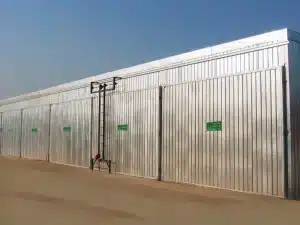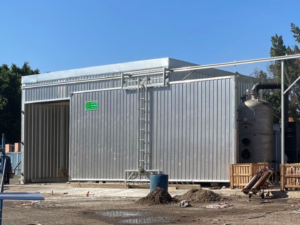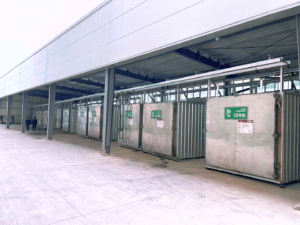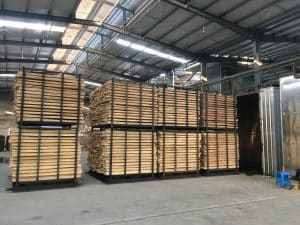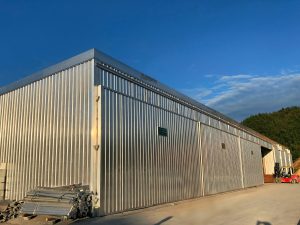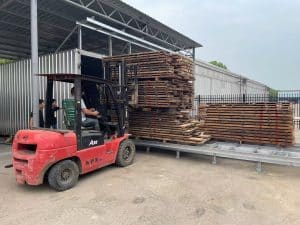Table of Contents
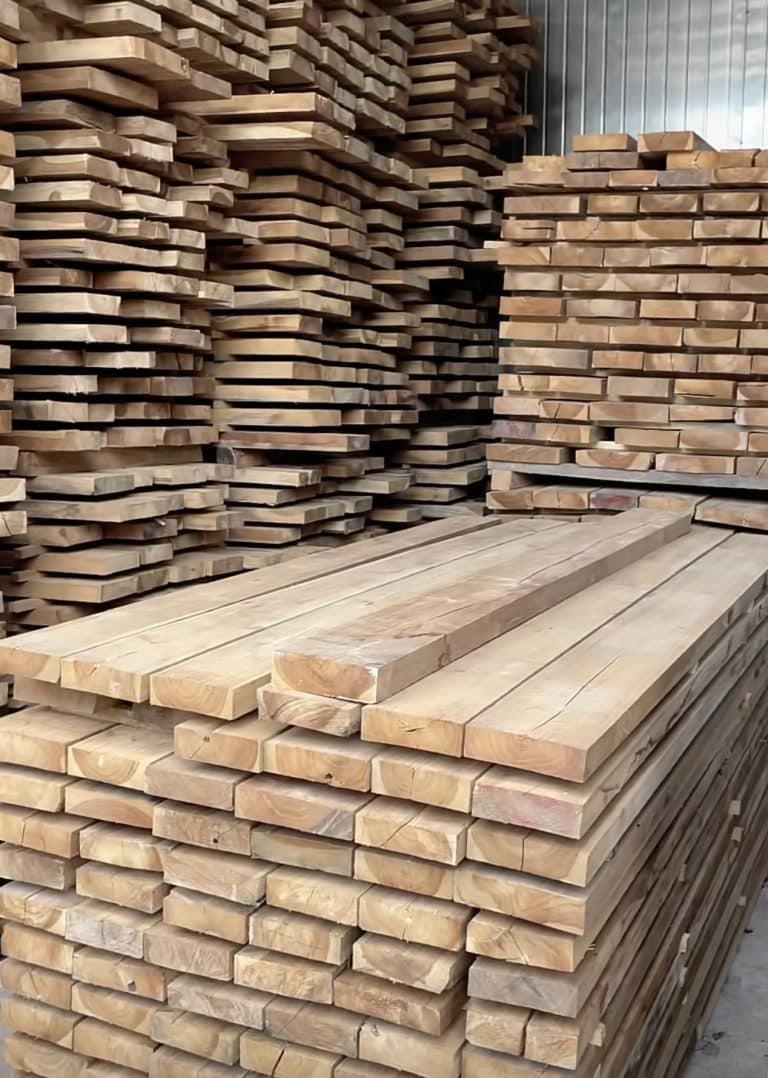
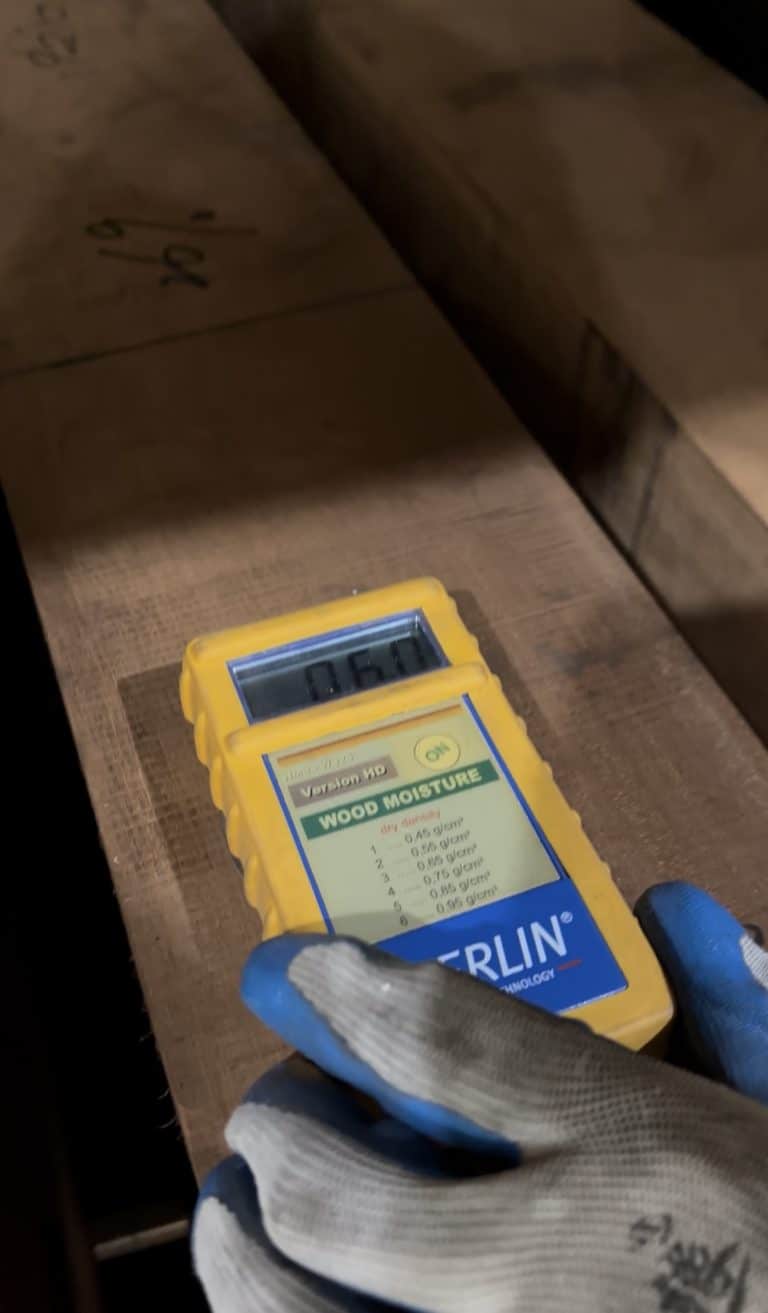
What Is Wood Moisture Content? (Definition & Formulas)
1. Definition
Wood moisture content (WMC) is defined as the percentage of water weight in wood relative to its weight when completely dry (oven-dry weight). It is a critical indicator of the wood’s wetness or dryness.
2. Formulas
- Absolute Moisture Content (W, widely used):W=(Gs−Ggo)/Ggo×100%;
- Gs: Weight of wet wood (including water);
- Ggo: Weight of oven-dry wood (completely water-free).
- Relative Moisture Content (W₁):W1=(Gs−Ggo)/Gs×100%
(Less commonly used in practice; absolute moisture content is preferred.)
Why Wood Moisture Content Matters (Importance)
WMC is a core factor affecting the quality of wood products, with impacts including:
1. Prevention of Cracking and Warping
- High WMC: Wood absorbs moisture from the environment, leading to swelling, warping, or distortion in furniture and flooring;
- Low WMC: Wood loses moisture, causing shrinkage, cracks, or loose joints.
- Key Principle: Wood products perform best when their moisture content matches the Equilibrium Moisture Content (EMC) of their service environment.
2. Impact on Machining and Bonding
- Uneven WMC can cause tool wear, rough surfaces, or splintering during cutting or carving;
- Excessive moisture reduces adhesive effectiveness, leading to joint failures.
3. Commercial and Export Requirements
- International markets (e.g., the EU) enforce strict WMC standards (e.g., ≤18% for solid wood packaging). Non-compliant products may face rejection or disposal.
Equilibrium Moisture Content (EMC) Explained
1. Definition
EMC is the moisture content at which wood neither gains nor loses water when exposed to a specific environment (temperature and humidity) over time, reaching a dynamic balance.
2. Influencing Factors
- Regional Variations:
- Northern regions (e.g., Beijing): Annual average EMC ≈ 11.4%;
- Southern regions (e.g., Guangzhou): Annual average EMC ≈ 15.1%;
- Coastal areas: EMC can be as high as 18%.
- Temperature and Humidity:
- Higher humidity increases EMC; temperature has a minor effect (EMC decreases slightly with higher temperatures).
3. Practical Rule
Wood products must be dried to a moisture content below the EMC of their intended use region.
- Example: Wood for Northern regions Beijing should be dried to ~11%, while the same wood used in Southern regions Guangzhou would absorb moisture and warp if too dry.
Wood Moisture Content Standards (National & International)
- Chinese National Standards
- Indoor wood products: Typically require 8%–12% moisture content (adjusted by region);
- Furniture and flooring: Moisture content must be ≤ local EMC + 2% (allowing for measurement error).
- International Standards
- USA: ASTM D4442 specifies methods for measuring wood moisture content;
- EU: Standards like EN 335 define WMC limits for structural wood (e.g., load-bearing components ≤20%).
Measurement Methods
1. Oven-Dry Method (Laboratory Standard)
- Procedure:
- Cut a 10–12mm thick test specimen and weigh it immediately (wet weight, Gs);
- Dry the specimen in an oven at 103±2°C until constant weight (oven-dry weight, Ggo);
- Calculate WMC using W=(Gs−Ggo)/Ggo×100%.
- Advantages:High accuracy, suitable for all moisture ranges;
- Disadvantages:Destructive, time-consuming (12–24 hours).
2. Electrical Testing Methods (Rapid On-Site Testing)
- Principle:Relies on the relationship between wood moisture content and electrical resistivity (using resistive or inductive meters);
- Advantages:Non-destructive, fast (results in seconds);
- Disadvantages:Affected by wood density and temperature; requires regular calibration (suitable for preliminary screening).
3. Other Methods
- Distillation Method:Suitable for high-moisture wood by heating to evaporate water;
- Hygrometry:Indirectly estimates EMC by measuring environmental humidity (non-destructive but less precise).
Best Practices for Controlling Wood Moisture Content
- Match the End-Use Environment
Adjust wood moisture content to the Equilibrium Moisture Content (EMC) of the target region, typically drying to 1–2% below EMC to avoid brittleness from over-drying or warping from excess moisture. - Use Precise Drying Methods
Prioritize kiln drying for industrial production (controls temperature/humidity, achieving ±1% accuracy). For small batches, combine air drying with kiln drying to balance cost and effectiveness. - Monitor Moisture Content Continuously
Use calibrated electrical moisture meters for on-site rapid checks; validate critical products with the oven-dry method. Record data for each batch to ensure consistency. - Standardize Storage and Handling
Store dried wood in humidity-controlled environments, stack it off the ground with ventilation gaps. Minimize exposure to uncontrolled humidity during processing. - Strictly Control Raw Materials
Reject wood with signs of moisture abnormalities (e.g., mold, cracks). Request moisture content reports from suppliers, especially for exported products to meet international standards.
Common Questions About Wood Moisture Content (FAQ)
- Why isn’t drier wood always better?
- Over-drying weakens wood, increases brittleness, and raises energy costs. Moisture content should align with the end-use environment.
- How to select quality wood products?
- Request moisture content test reports from suppliers;
- Inspect for visible cracks, warping, or uneven surfaces, especially at joints.
- Wood Drying Methods
- Air Drying:Low cost but slow, weather-dependent;
- Kiln Drying:Controlled, efficient, and ideal for industrial production.
Conclusion
Wood moisture content is a make-or-break factor for wood product durability. Proper control requires balancing regional climate, processing techniques, and standards. For consumers, prioritizing WMC ensures long-lasting products; for businesses, precise measurement and drying are vital for competitiveness in global markets. Stay informed to avoid costly failures and maximize wood performance! Learn More at Tech Drying.

